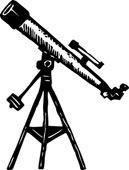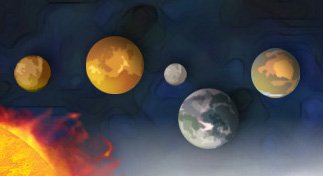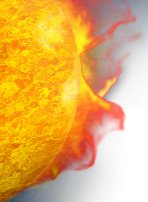How do Telescopes work?
Let's scope it out!
As you already know, a telescope is a device used to make far objects appear closer. But how do telescopes work? Well, there are several types of telescopes, but most of them generally function the same way. 
How do telescopes work? Light is gathered from a distant object (such as a star) through the objective lens (used in Refractor scopes) or the primary mirror (used in Reflector scopes). The light then travels through the body to the eyepiece, which is similar to a small magnifying glass, enhancing the size of the image!
Who invented the device?
Despite what many people think, the telescope was NOT invented by Galileo. Although there has been much controversy, Hans Lipperhsey has been given credit for the invention, as he was the first to patent the device in 1608. Gelileo realized the potential of the device for astronomy; many great discoveries were made soon after.
Buying a Telescope There are many factors to consider before purchasing a telescope. The most important aspect of the device is the diameter of the objective lens (or primary mirror), as this determines the amount of light that enters the scope body. More light = a larger and more detailed image. So the bigger the objective lens (or primary mirror) the better! The eyepiece also plays a very important role in producing a quality image. If the lens is low quality, then the amount of light entering the scope is going to waste! A good lens is needed to enlarge the image accurately and without distortion. Cost may be the deciding factor, as well all know, good technology is not cheap! Fortunately, you can get a pretty good telescope for less than a hundred bucks. Many of the low cost ones will be perfectly sufficient for looking at detailed images of the Moon's craters, Jupiter, and even the rings of Saturn! Return to Astronomy-Kids Home and learn more about the Universe!
| 



